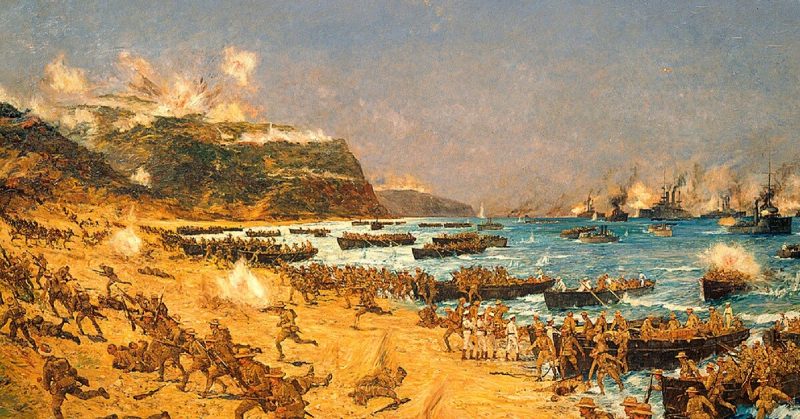The Idea
War has always been mimicked in some artistic fashion, whether it’s literature, paintings, sculpture, song or the theater. At the beginning of World War I, however, the United States Committee on Public Information had the grand idea to commission a small set of artists to visit the lines and paint what they saw there.
Not only would the artists lend beauty and class to an otherwise ugly situation but hopefully they could drum up a little bit of wartime support back home through the new program. So, with some art supplies and no training for any of them, this set of men were on their way to Europe to show what they could do on the front lines.
The Artists
At first, eight men were chosen for this project, a hodgepodge of illustrators, artists, architects and etchers. They were William James Aylward, Walter Jack Duncan, Harvey Thomas Dunn, George Matthews Harding, Wallace Morgan, Ernest Clifford Peixotto, J. Andre Smith and Harry Everett Townsend. They were informed they were allowed to go wherever they wanted, do whatever they wanted and were ultimately given an entirely free range of the battlefront.
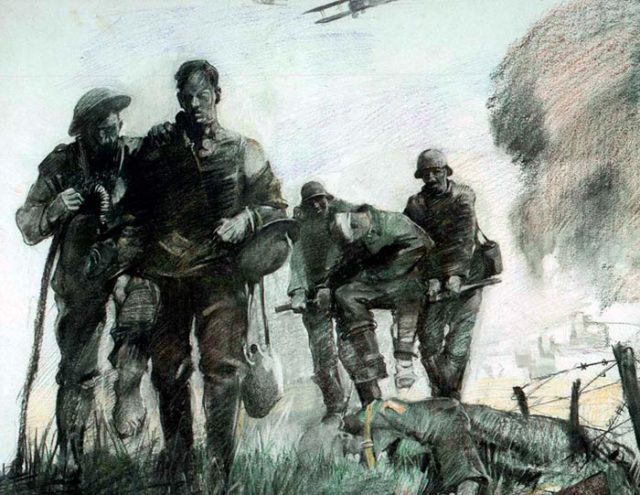
They could portray just about everything. From the Allied soldiers to the enemy, to the weapons used right in front of them. However, there was one thing they could not portray – the dead.
The artists were primarily following the American Expeditionary Forces. These troops were mostly active in the last year of the war, fighting alongside French and British allies against the Germans. Some also fought alongside the Italians against the Austro-Hungarians.
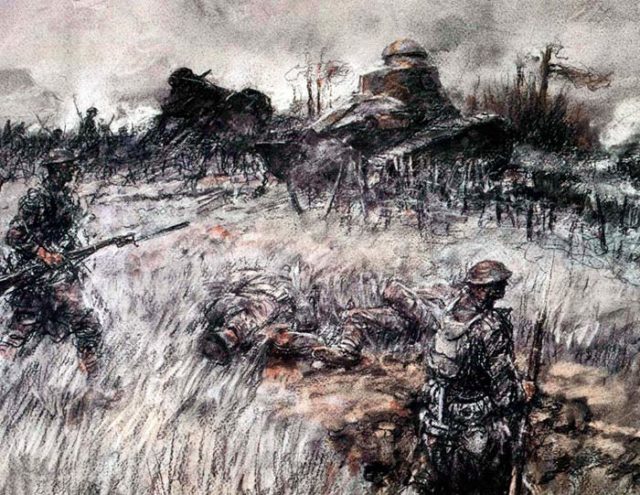
The Work
The artists worked through 1918 to the end of the war. Even though they only worked a short length of the war’s entirety, they still came up with approximately 700 drawings, paintings, and other art pieces.
Now, their work is divided into four different sections – soldier life, technology, combat and the aftermath. Though given a free range, as stated, they did not depict dead bodies, although they did portray the dying.
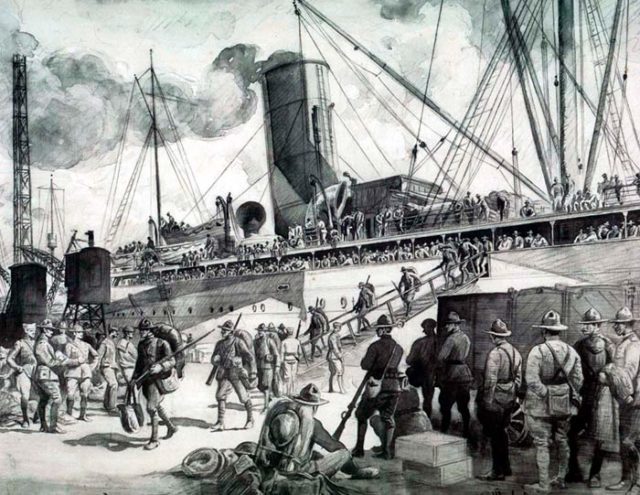
The first world war was the first time the United States commissioned a set of artists to portray the war for the public. Many countries followed suit and began sending artists of their own which lead to a whole set of artwork that completely revolves around the war and its consequences.
Each country, of course, portrayed the war differently, and, comparatively, the United States’ artists produced work that was more straight to the point than expressionist, as some other countries did. Immediately after the war’s end, the artwork was first sent to France, where the artists’ home base was located, and then to the United States War Department, where they were put on display (though some artists did keep their work a little bit longer, to add finishing touches).
Art vs. Propaganda
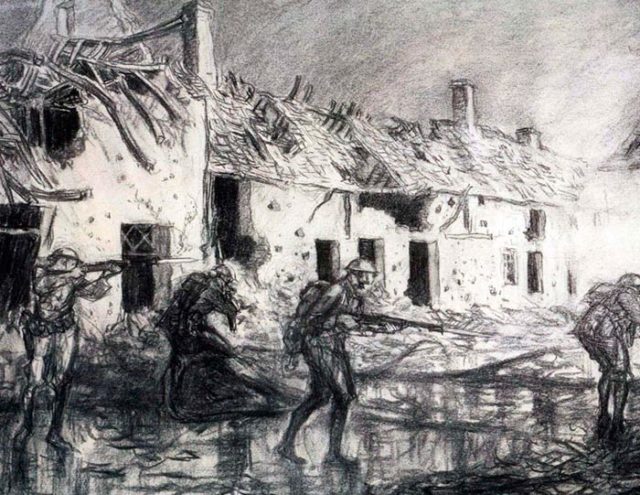
When considering artwork in any war, especially those on such a large scale and as complicated as World Wars I and II, it is important to think about the differences between artwork and propaganda and not to confuse the two.
While propaganda is also created by the government and delivered to the public, it has a much different purpose and message. World War I was the first instance of the government providing art to the public in a very similar way to how it delivered other information.
Propaganda, though, is a marketing tool meant to give a call to action and usually glosses over any negative aspects of war. Art, however, is not always commissioned by the government, as it was in the project by the eight artists described above, and often paints a realistic portrait of wartime events.
This is certainly true when we look at artwork created by those not commissioned by the government and even those artists working with other countries during the war. Many easily portrayed fallen soldiers, even when other artists shied away from such a gruesome topic. The U.S. commissioned art of World War I was special in its somewhat subtle censorship.
Later
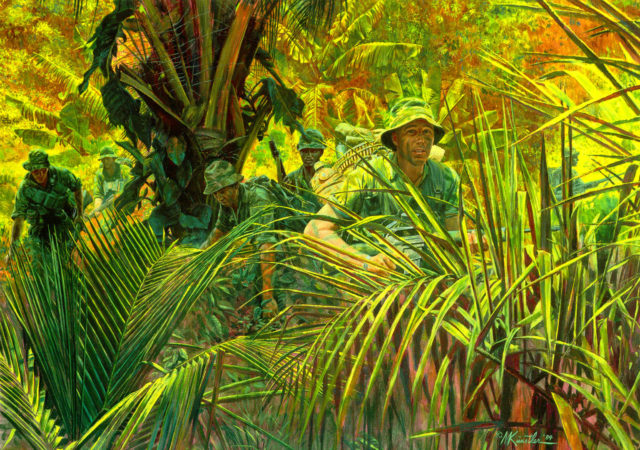
After World War I, the army laid aside its art program for a while. During World War II, however, the Army Corps of Engineers began its own art unit.
Civilian artists also volunteered to assist with art creation on the battlefield. During World War II, war art was taken to the private sector as well. Life magazine sent their artists to the front to bring back pieces as a new kind of war correspondent.
The art programs of World War II were highly successful, bringing in more than 2,000 pieces of artwork. The army also collected a variety of artwork from Nazi Germany. Together, these created the backbone for what would become the military’s own art collection.
Today
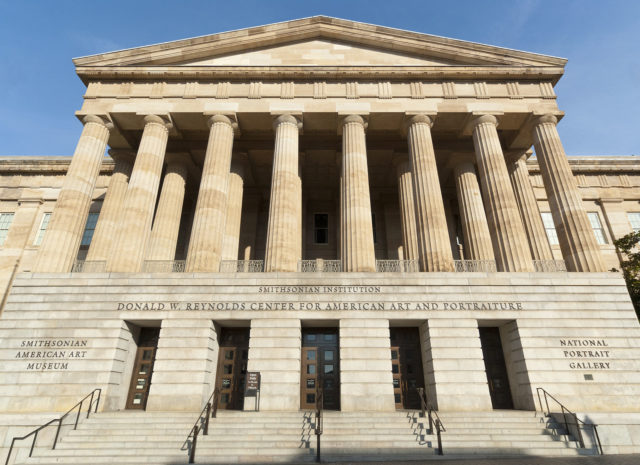
Currently, the Smithsonian owns all of the artwork associated with the World War I project, and it is mostly locked away in storage. However, much of it has been digitized and can be browsed online. The digital library is quite well organized. Each piece can be viewed and read showing its artistic medium, date created and the artist.
The U.S. still commissions artists to go to its combat zones and portray events there. Even now, artists produce work portraying the War on Terrorism. The entire collection of art has grown to more than 15,000 pieces.
